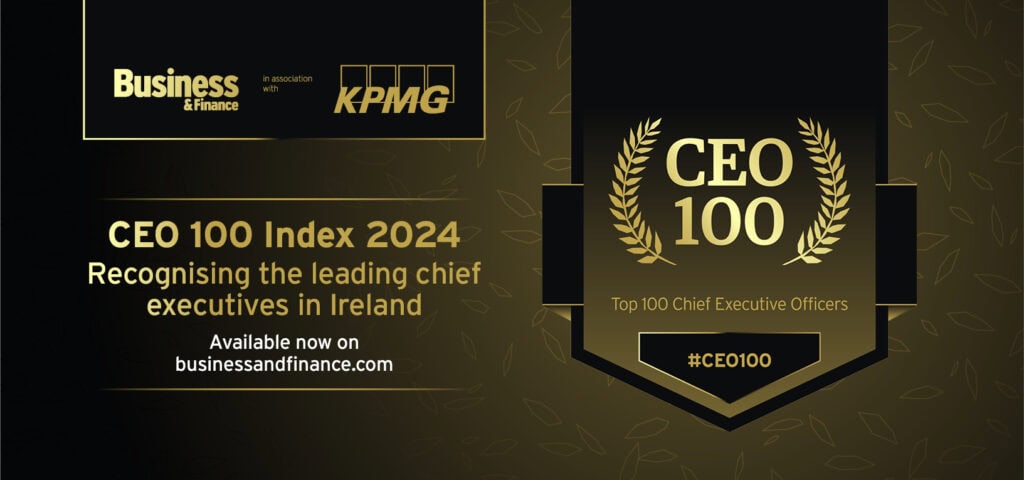By Ian Stone, managing director, UK and Ireland, Anaplan
Although the glitz and glamour of the red carpet may seem worlds away, the making of a movie can be highly relevant to the wider businesses world.
The clear winner at this year’s Baftas was Alejandro G Inarritu’s survival epic, The Revenant, as it swept the board with three of the key awards: Best Director (Inarritu), Best Actor (Leonardo DiCaprio) and Best Picture.
Interestingly, acceptance speeches were quick to highlight the barriers overcome in the process of making it to the podium.
There are few industries as turbulent as the movie business. With so many moving parts, departments, personnel, locations, budgets, and often strict deadlines, preparation isn’t just important, it’s tantamount to success.
Before any camera is switched on, or the first cry of “action!” a vast amount of planning is required. For businesses, planning is equally as important and, as any producer will tell you, no matter how well they are made, plans will always change.
Businesses increasingly operate in more and more volatile markets. It is important to plan and forecast for multiple long-term eventualities, but equally possess the agility to change direction faster than a Hollywood car chase.
Achieving this requires a wholesale change in business culture and for planning to take a prominent role in day-to-day core activities.
MULTIPLE CAMERA ANGLES
Capturing a single event from several angles instantly is at the centre of modern filmmaking. First things first – the right technologies need to be in place.
In the making of a Hollywood blockbuster, several cameras are set up, prepositioned and programmed to capture the action from multiple angles at any one time.
Through this careful preparation and forethought, the director and editorial team are able to view the same scene from an array of different angles simultaneously, both in real-time and retrospectively in post-production editing.
Equally, organisations need to apply this principle of real-time multi-angle visibility to their own processes and use technology to show the business performance from every perspective in the crispest detail – from the wide-angle macro level of the enterprise, right down to the intimate close-up on sales and product performance.
It is important to plan and forecast for multiple long-term eventualities, but equally possess the agility to change direction faster than a Hollywood car chase
MONEY MAKING
Tony Montana’s famous quote from Scarface couldn’t be more relevant to the industry from which it came – without significant funding the majority of films stand little chance of success.
But despite the success of high budget productions, such as Deadpool, these are in a minority. For example, only 7% of British films make a profit. Businesses cannot afford such gung-ho odds.
For businesses, intelligent financial planning and forecasting is vital, maximising the potential of working capital and boosting the bottom-line.
Managing your financial resources and capital effectively requires accuracy and speed; two qualities that are seldom linked to the legacy software and spreadsheets currently used for the task across many organisations.
Cloud analytics tools provide both attributes, avoiding much of the human error of manual input through automation and programming, while operating in real-time allows organisations to see how they are performing now, and act with the latest information – not according to last quarter’s figures.
THE RUNNERS
Money is the foundation but it is far from the only resource that makes a movie. On- and off-set, the number of cast and crew working on a Hollywood blockbuster can number into the thousands.
From the runners to the director, efficiency is everything. If the actors turn up on a set that’s not ready because the production preparation is not finished, that idle time can prove incredibly costly.
From running costs on location, to equipment and labour costs, effective management of the workforce is central to delivering a film on time and on budget – a target that is famously missed all too often in this industry.
For businesses, people are both the greatest expense and the greatest asset. Effective management of this boils down to a combination of being able to rapidly model staff costs and accurately forecast staff requirements over long periods, while simultaneous having the agility to rapidly respond to regional spikes in demand.
Tools that enhance this flexibility allow you to identify the need first and respond ahead of your competitors.
As the curtain is raised on the Oscars award ceremony, the business world can look to the global movie industry for inspiration in taking on the future challenges of a volatile world. As with a movie, it’s all in the planning, making sure you are ready to take on any scenario, and that you have the agility to shift resources rapidly to respond to unexpected situations.
Photo (above): Prayitno
 About the author
About the author
Ian Stone is the managing director for the UK and Ireland at Anaplan. Stone’s role includes responsibility for sales, pre-sales, marketing, consulting, support and operations, while day-to-day he aims to ensure that Anaplan’s customer focus is driven throughout his region.
Prior to joining Anaplan, Stone held positions with Business Objects and Cognos before going on to found Vue Analytics – a reseller dedicated to bringing the Anaplan platform to the UK market. Following a successful launch Anaplan acquired Vue Analytics and in 2013, he was appointed to his current role in the organisation.
Stone has over 15 years’ experience working in the Enterprise Performance Management (EPM) and is widely considered an expert in the application of EPM across the sales function.



